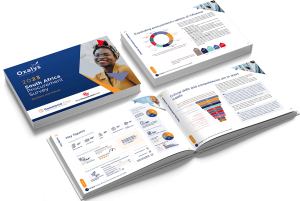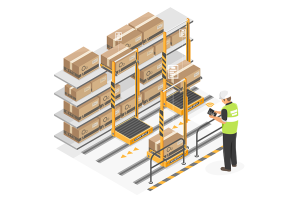 By Sammeli Sammalkorpi, VP: Customers and Co-founder of procurement analytics solutions provider Sievo
By Sammeli Sammalkorpi, VP: Customers and Co-founder of procurement analytics solutions provider Sievo
Let’s face it – procurement teams are not the first to hop on the latest technology trends and the industry has been historically slow to digitize daily workflows. But now, with more data being generated in the last two years than in the history of mankind, procurement teams are starting to realize not only the benefits and competitive advantage that new technology can bring, but also that it is nearly impossible to manage the abundance of new data sets without it. For example, leveraging AI and machine learning to integrate this new data into procurement analytics strategies can equip organizations to dynamically understand spending, predict future outcomes and measure the trade-offs of various sourcing decisions.
In an effort to see what all the hype is about, many organizations looking to implement AI and machine learning enabled technologies, end up going with robotic process automation (RPA) instead. RPA is often confused as some form of AI, but that is certainly not the case. RPA automates manual tasks, reducing the work done by humans, whereas AI takes automation a step further by using algorithms to identify opportunities and actionable insights.
While RPA can be highly valuable for procurement, especially when it comes to automating processes involving purchase orders and invoices, these benefits are shortsighted. RPA might be able to provide benefits for procurement today, but what about tomorrow? While we can certainly see the business case for RPA now – eliminating repetitive, time consuming tasks and reducing the challenges of data classification – it is really only a temporary solution.
Why? The industry is heading beyond RPA towards an autonomous future. For organizations looking to invest in the latest and greatest technology, there are better options to invest in than RPA. For example, spend analysis has transformed from descriptive to diagnostics to predictive, and now, to prescriptive, where technology can recommend decisions and actions based on predictive models and machine learning. This is far beyond the capabilities of RPA.
AI and machine learning are redefining what’s possible in procurement and sparking real change – contributing to the evolution of procurement’s role to a strategic partner that drives real organizational value. With AI and ML working hand in hand, more organizations can embrace insight-driven actions rather than pure human decisions based on gut, emotion and self-interest – and closing the data-to-action gap through decision automation means less analytical capabilities are required from users.
For organizations looking to upgrade their procurement systems and get the most out of their investments – in the long term – RPA is not the best option. Instead, procurement teams should look to true AI and ML technologies. These provide the fuel for an organization to drive strategic and better sourcing decisions faster. RPA only scratches the surface of what’s possible with the future of procurement.


























